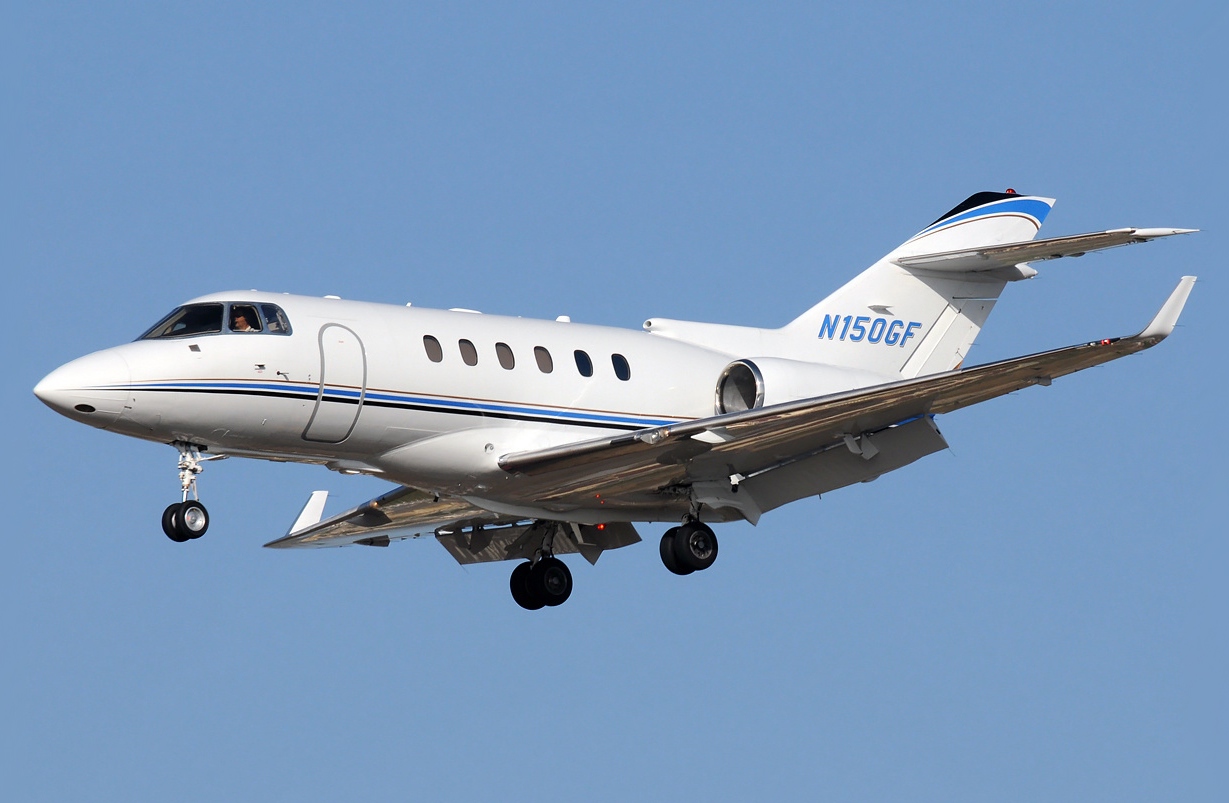Pilots Skipped Test Pilot Before Deadly Michigan Business Jet Crash

The pilots of a business jet that crashed in Michigan last month chose to perform a high-risk test flight themselves instead of waiting for a qualified test pilot, according to a preliminary report released Thursday by the National Transportation Safety Board (NTSB).
The Raytheon Hawker 800XP, registered in Mexico, went down in Bath Township, near Lansing, on October 16, killing all three people on board — two pilots and a maintenance representative. The twin-engine jet had been parked for seven months at Duncan Aviation in Battle Creek, Michigan, undergoing extensive maintenance that included removal and reinstallation of part of its wing.
Following such repairs, federal aviation procedures require a specialized test flight involving an aerodynamic stall — a maneuver that intentionally causes the aircraft to lose lift to verify its airworthiness. According to the NTSB report, Duncan Aviation strongly advised the crew to hire an experienced test pilot to conduct the stall test.
“The captain was provided with a list of experienced test pilots, for hire, to perform the post-maintenance stall test flight,” investigators wrote. “However, after being unable to coordinate the stall test flight with a test pilot, the flight crew elected to perform the post-maintenance stall test themselves.”
Sudden and Fatal Descent
Flight tracking data from ADS-B Exchange showed the aircraft climbing normally before entering a rapid descent, plunging at rates up to 24,000 feet per minute. Witnesses captured video of the jet corkscrewing toward the ground before it disappeared behind nearby homes and erupted in flames.
The crash killed both pilots, who were employed by the jet’s owner, and a maintenance technician accompanying them for the test. Local residents reported hearing a loud explosion followed by a rising column of black smoke.
NTSB Findings and Safety Concerns
The NTSB report highlighted that the Hawker 800XP flight manual specifically warns pilots performing stall tests to have prior experience with the maneuver in that aircraft type. The manual also cautions that the aircraft “may exhibit unpredictable stall behavior at any point” during testing.
Investigators have not yet determined the exact cause of the crash but said the decision to forgo a professional test pilot will be a major focus of the ongoing inquiry. The agency expects to issue a final report within a year.
The NTSB noted that this is not an isolated case. At least three other fatal accidents involving business jets performing post-maintenance stall tests have been investigated in recent years. In one similar case in February 2024, two pilots died in Utah when another Hawker jet crashed during a system check meant to test stall warning functionality.
Broader Implications for Safety Testing
Aviation experts say the Michigan crash underscores the dangers of skipping specialized procedures after major maintenance. Test pilots undergo extensive training to handle unpredictable aerodynamic behavior and aircraft performance issues during stall maneuvers — skills that even experienced airline or corporate pilots may not possess.
“This tragedy serves as a stark reminder that post-maintenance test flights should never be treated as routine operations,” said one former NTSB investigator. “They carry inherent risks that require precision, training, and discipline.”
The investigation remains ongoing, but the preliminary findings have already sparked calls within the business aviation community for stricter compliance with test-flight safety protocols and greater oversight of maintenance-related return-to-service procedures.
Related News: https://airguide.info/category/air-travel-business/business-aviation/, https://airguide.info/category/air-travel-business/travel-health-security/
Sources: AirGuide Business airguide.info, bing.com, yahoo.com
